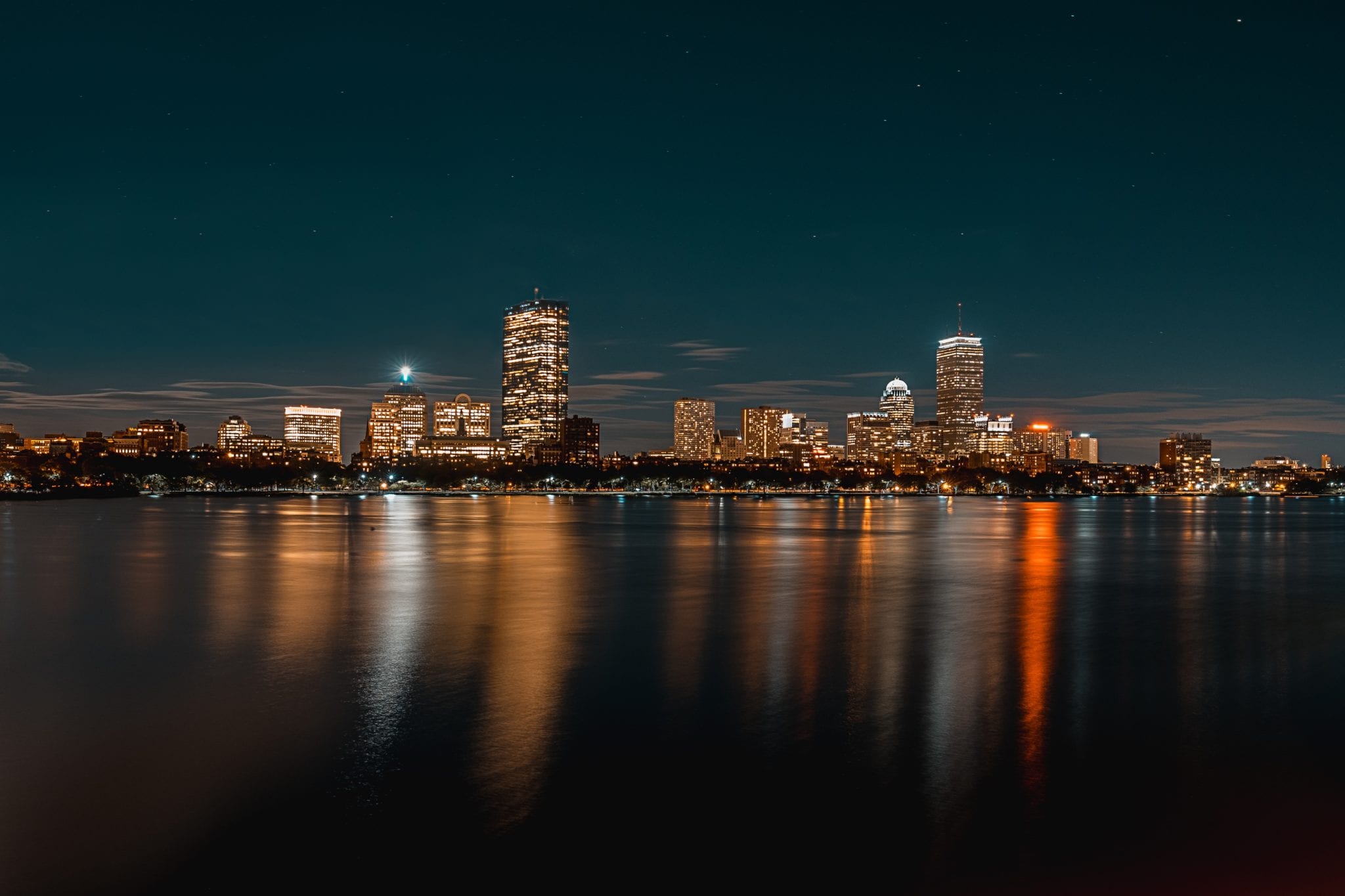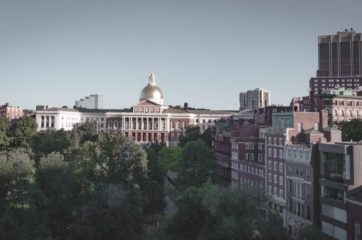Today was energy efficiency day in the Commonwealth of Massachusetts. Communities across the state are setting ambitious goals to reduce their greenhouse gas emissions. However setting goals is easy, meeting them is the challenge.
When it comes to achieving their energy goals, the City of Boston is not on the right track to be carbon-neutral by 2050. This is in part, due to the fact that the city is failing to hold new development to high energy efficiency and sustainability standards.
Boston has seen a massive boom in urban development over the past few years, with proponents boasting about investment opportunities, job creation, and growth for the city. Rarely mentioned however, is the big impact these projects are having on the city’s emissions portfolio and its ability to meet emissions reductions goals. Boston has in fact, been turning a blind eye to emissions coming from new construction. Data reveals that 1 in 5 buildings constructed since 2012 are below the national average for energy efficiency.
Buildings account for the majority of the city’s carbon emissions. Making sure new construction is energy efficient is therefore the easiest step the city can take in reducing such emissions. By not acting on emissions from new buildings as they are being built, Boston will be stuck with their energy inefficiency for decades.
The problem goes beyond energy efficiency though. New developments like One Dalton Street are highly dependent on natural gas, and require local pipeline expansion in the city. While the switch from coal to natural gas has allowed Boston and the state in general to reduce emissions from electricity very significantly, natural gas is still a fossil fuel, that we should not by any means be encouraging more of.
The recent explosions in the Merrimack Valley, which claimed the life of one man and left 40 families without homes, underscore the physical danger of gas. Moreover, being a fossil fuel, it constitutes a leading source of greenhouse gas emissions in the state.
Other cities across the U.S. such as New York City and San Francisco, have taken radically different approaches, holding their new developments to higher environmental standards and awarding bids based on deeper commitments to sustainability. San Francisco is an example of a city doing just this. The new Salesforce Tower, completed this year, became one of San Francisco’s greenest buildings.
It constitutes a massive missed opportunity for Boston to not be following similar styles and standards for development that can advance the city’s emissions reduction goals and make it a champion for sustainable urban development and climate action.
Emissions are not the only concern these new developments raise. Boston is a deeply gentrified city, and it only seems to be getting more so. The city has been facing an affordable housing crisis and residents need more affordable housing. By focusing on higher energy efficiency standards, the city can in fact also advance other such priorities.
The recently completed Old Colony redevelopment project in South Boston was among the first affordable-housing projects in the region to plan for net-zero-energy-use. It scores extremely high on energy efficiency, and recently installed solar panels on its various roof tops.
Boston is by no means powerless to achieve its climate goals. The city can halt all expansion of natural gas infrastructure, they can pass the ordinance being proposed by Councilor Matt O’Malley to modify zoning to encourage energy efficient design, and Mayor Marty Walsh can back plans to implement community choice aggregation city-wide. This would allow residents and small businesses, currently served by investor-owned utilities, to use bulk purchasing power to negotiate electric supply and get a say over their energy sources.
Boston should and can be at the forefront of innovation in urban development, and climate response, it should serve as a force and guiding example for coastal cities around the globe.









